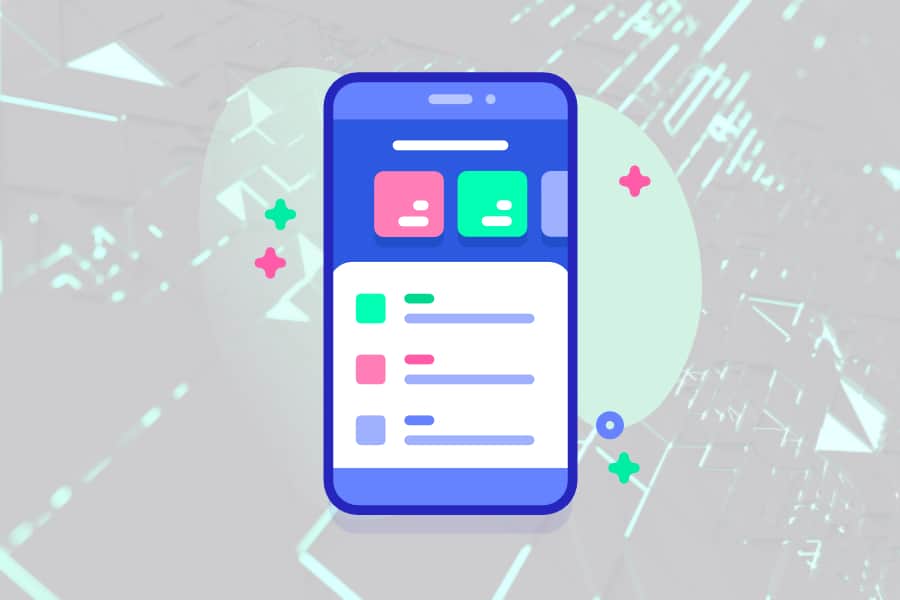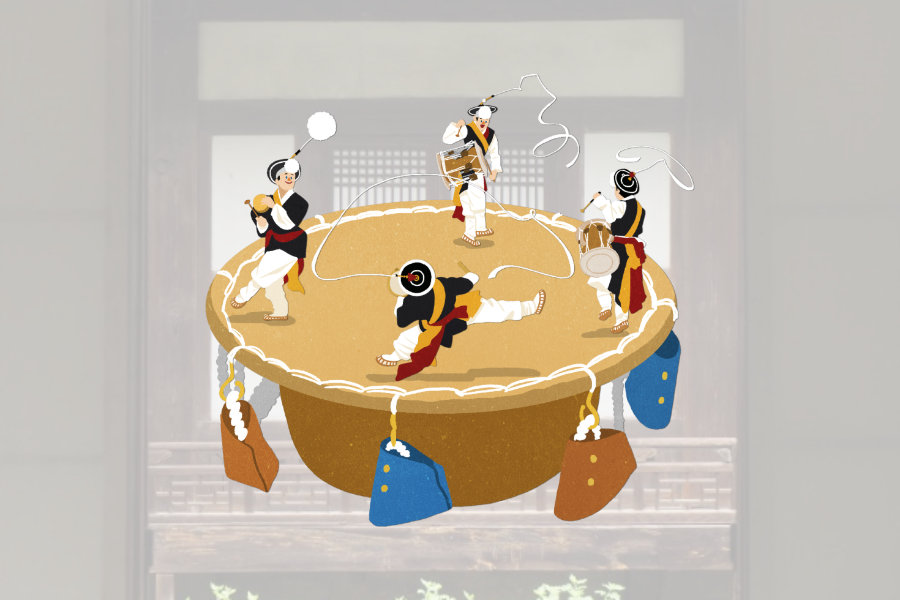
Introduction: Learning Korean for Beginners
Welcome to the fascinating world of the Korean language! As K-Pop and Korean dramas continue to captivate audiences worldwide, more people are becoming enchanted by the allure of learning Korean. If you’re reading this, you’re likely ready to start your own journey into learning one of the most intriguing languages in the world.
Learning Korean is not just about adding a new skill to your repertoire; it’s about opening doors to a rich cultural heritage and connecting with millions of speakers worldwide. Whether your interest stems from entertainment, travel, business, or personal growth, the journey of learning Korean is rewarding and full of discoveries. As a beginner, the prospect of learning a new language might seem daunting, but fear not! Korean is known for its logical structure, making it surprisingly approachable for learners.
In this blog, we’ll guide you through the foundational aspects of Korean, providing you with the essential tips and strategies you need to start your journey on the right foot. So, let’s take the first step together and dive into the fascinating and rewarding experience of learning Korean. Let’s start the post ‘Learning Korean for Beginners: Essential Tips and Strategies.’
Understanding the Basics: Hangul and Simple Grammar

The Building Blocks of Korean: Hangul Mastery
The first step in your Korean learning journey is mastering Hangul, the Korean alphabet. Invented in the 15th century, Hangul is unique and scientifically designed for ease of learning. Unlike many other scripts, Hangul is phonetic and consists of 24 letters: 14 consonants and 10 vowels. The beauty of Hangul lies in its simplicity and efficiency. Each letter corresponds to a specific sound, and these letters combine to form syllables.
Start by familiarizing yourself with the shapes and sounds of each letter. Practice writing them out and pronouncing each one. Many online resources provide audio pronunciations to help you. Remember, mastering Hangul is the key to unlocking the rest of the language, so invest time in getting comfortable with these letters.
Basics of Korean Grammar and Sentence Structure
Once you have a grasp of Hangul, the next step is understanding the basics of Korean grammar and sentence structure. Korean grammar might initially seem complex, but it follows consistent rules that become intuitive over time. A significant difference you’ll notice is the sentence structure. Korean typically follows a Subject-Object-Verb (SOV) order, as opposed to the Subject-Verb-Object (SVO) order common in English. For example, in Korean, the equivalent of “I eat an apple” would be structured as “I apple eat.”
Begin with simple sentences and gradually introduce new elements as you become more comfortable. Focus on common verbs, nouns, and simple adjectives, and learn how to form basic sentences with them. Also, Korean uses particles to mark the subject, object, and other elements in a sentence, which are crucial for understanding the language’s structure.
Practical Strategies for Effective Learning Korean for Beginners

Daily Practice Routines and Memory Techniques
To effectively learn Korean, incorporating it into your daily routine is crucial. Consistency is key in language acquisition. Here are some practical strategies to integrate Korean into your daily life:
- Set Specific Goals: Begin with small, achievable goals. It could be learning five new words a day or mastering a basic conversational phrase each week. Setting clear objectives keeps you focused and motivated.
- Spaced Repetition for Vocabulary: Use spaced repetition systems (SRS) for learning new words. This technique involves reviewing vocabulary at increasing intervals to enhance memory retention. Many language learning apps incorporate this methodology.
- Practice with Flashcards: Create flashcards for new vocabulary and phrases. Flashcards are a simple yet effective tool for quick review and memorization.
- Incorporate Korean into Daily Tasks: Try labeling objects in your home with their Korean names, or practice thinking or speaking in Korean during routine tasks like shopping or cooking. This helps in contextualizing the language and enhances memory.
Utilizing Digital Tools and Resources

Top Apps and Websites for Learning Korean for Beginners
The digital age has blessed language learners with an abundance of tools and resources that make learning accessible and engaging. Here are some top picks for beginners:
- Language Learning Apps: Apps like Duolingo, Babbel, and Tandem are excellent for beginners. They offer interactive lessons, exercises, and the opportunity to connect with native speakers.
- Korean Learning Websites: Websites like Talk To Me In Korean and How to Study Korean provide comprehensive lessons ranging from Hangul to advanced grammar. These sites often include audio and video materials for a more interactive learning experience.
- YouTube Channels: YouTube is a treasure trove for language learners. Channels like KoreanClass101 and GO! Billy Korean offers free lessons, tips, and insights into the language and culture.
Benefits of Using These Tools
Digital tools provide flexibility and variety in your learning journey. They allow you to learn at your own pace and in a way that suits your style. Interactive elements like quizzes and games make learning fun and engaging, while videos and podcasts offer a more immersive experience. Additionally, many of these tools offer community features, allowing you to connect with other learners and native speakers, which is invaluable for practicing and improving your language skills.
Immersing in Korean Culture: Beyond the Language

Learning Korean is more than just an academic endeavor; it’s a journey into the heart of Korean culture. Cultural immersion is key to truly understanding and appreciating the language. Here are some ways to immerse yourself in Korean culture:
- Engage with Korean Media: One of the most enjoyable ways to immerse yourself in Korean culture is through its rich media. Watch Korean films and dramas, listen to K-pop, or follow Korean YouTubers. This not only improves your listening skills but also gives you insights into contemporary Korean culture and slang.
- Cook Korean Cuisine: Food is a significant part of any culture. Try cooking Korean dishes at home. Following recipes in Korean can improve your reading skills and familiarize you with the names of ingredients and cooking terms.
- Participate in Korean Festivals and Events: If possible, attend Korean cultural events or festivals in your area. Experiencing traditional dances, music, and ceremonies firsthand is a wonderful way to deepen your understanding of Korean culture.
- Connect with Korean Communities: Engage with Korean communities online or locally. Platforms like Meetup or Facebook groups can connect you with Korean language and cultural exchange groups.
Conclusion: Embracing the Korean Language Adventure
It was the post ‘Learning Korean for Beginners.’ As we wrap up this beginner’s guide to learning Korean, remember that embarking on this language learning journey is about embracing a new adventure. Korean is not just a language; it’s a gateway to a rich and dynamic culture, an opportunity to connect with a vibrant community, and a path to countless personal and professional opportunities.
Your journey in learning Korean might be filled with challenges, but each word you learn, each sentence you construct, and each cultural nuance you understand brings you closer to a whole new world of experiences. Celebrate every small victory, whether it’s correctly pronouncing a difficult word, understanding a sentence in a K-drama, or having a simple conversation with a native speaker.
Stay persistent and enthusiastic. Language learning is a marathon, not a sprint. It’s a journey of continuous learning and growth. Look back on your progress with pride and look forward with excitement to all the opportunities that your new language skills will bring.
Are you ready to take the next step in your Korean learning journey? Explore our tailored courses and resources that cater to learners of all levels. Join our supportive community of Korean language enthusiasts, where culture, language, and fun meet. Your adventure in Korean learning is just beginning, and we’re here to support you every step of the way. 여러분, 화이팅 (yeoreobun, hwaiting) – Let’s do this!









Responses
[…] Dear learners, let’s gently uncover why the Korean language might seem like a big puzzle at first. But don’t worry, every puzzle is solvable with patience and a bit of guidance. […]